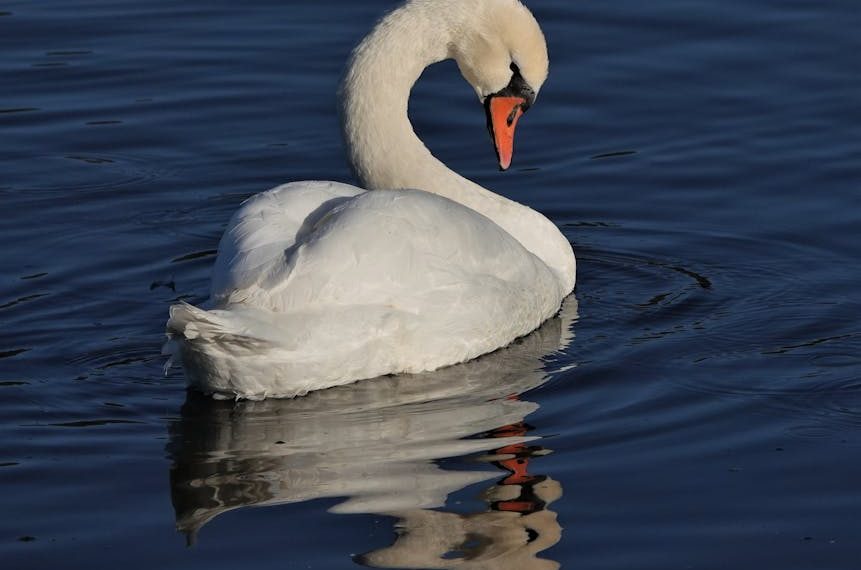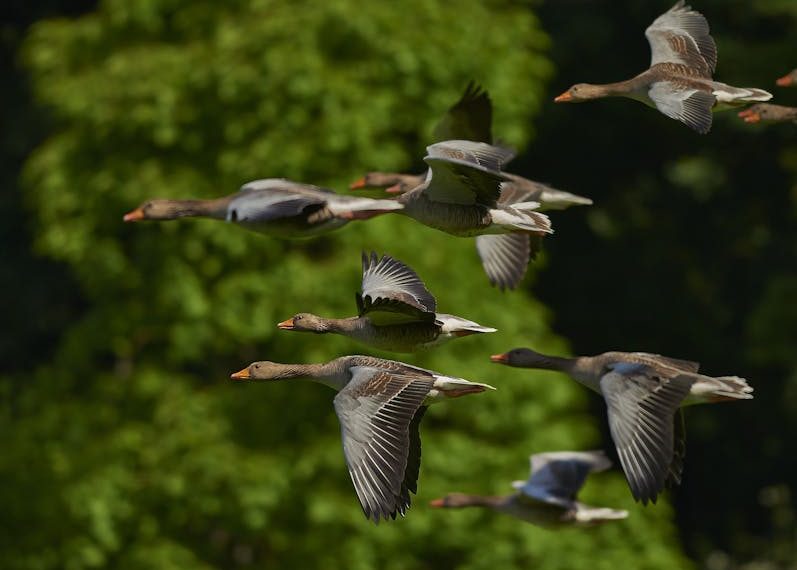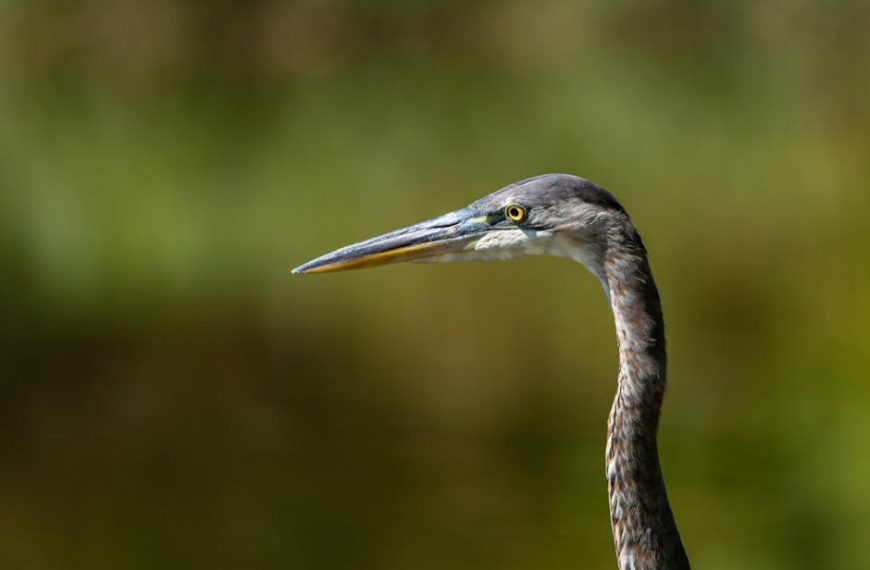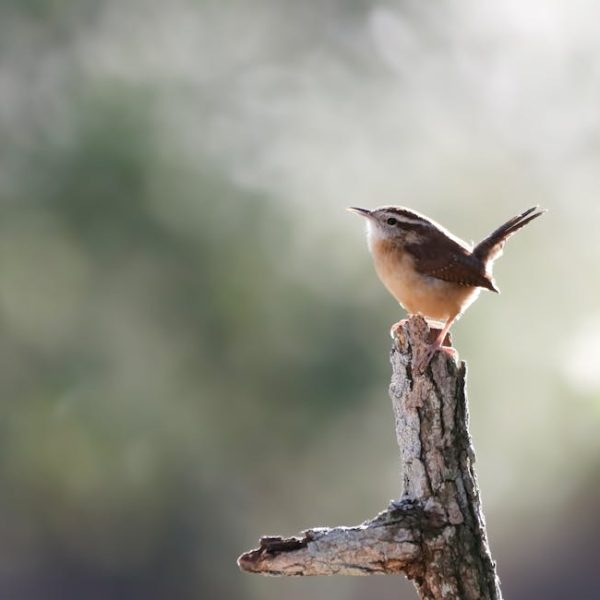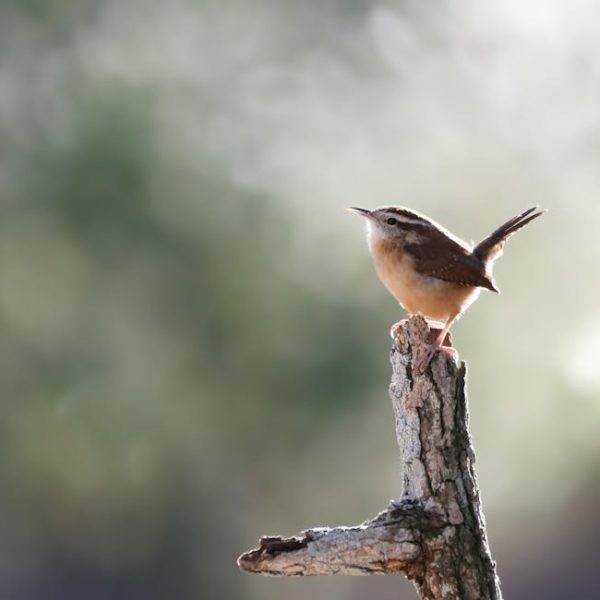Spinning reels are a cherished tool for many fishermen due to their versatility and ease of use. However, one common, pesky problem many anglers face with their spinning reels is the dreaded bird’s nest. The term refers to tangled line, typically occurring when casting, causing your fishing progress to come to an abrupt halt as you struggle to untangle the knotted mess. This article outlines top tips and tricks to sidestep this issue and keep your spinning reel running smoothly.
Understanding What Causes Birds Nests on Spinning Reels
Bird’s nests occur when the line becomes loose on the spool. Several factors contribute to this, including wrong spooling, too much line, or equipment misalignment.
- Wrong Spooling: If your line is spooled onto the reel in a direction contrary to its natural coil, it can create twists that lead to knots.
- Too Much Line: Overloading your reel with more line than its capacity can also result in tangles. The loose, excessive line tends to jump off the spool, leading to bird’s nests.
- Misalignment: If the line is not aligned correctly when it enters the reel, it can wrap unevenly. This misalignment can cause tight and loose spots on the spool, creating a prime condition for tangles.
In order to prevent bird’s nests, it’s crucial to identify these common missteps and make adjustments as necessary.
How Proper Spooling Can Prevent Birds Nesting
Ensuring your spinning reel is correctly spooled can make a significant difference in preventing bird’s nests. The process of spooling a reel correctly involves a few key steps:
- Ensuring the line is loaded onto the reel in the same direction it’s coiled on the filler spool;
- Filling the spool to its proper capacity—not too much or too little;
- Using a bit of tension when filling the spool to prevent the line from resting loosely.
With good spooling practices, you reduce the risk of knots and twists in your line, preventing bird’s nests and enhancing your overall fishing experience.
Effective Line Management Techniques
Managing the line effectively can tremendously help prevent the formation of bird’s nests. Accurate casting is one of the most critical components of line management:
- When casting, make sure to release the line at the correct moment—release too early or too late, and the line might become slack and tangle.
- Regularly adjust the tension of your line. If it’s too loose or tight, it can cause bird’s nests.
- Correct use of weights and sinkers could also help manage the line better and reduce tangling.
Incorporating these practices helps maintain consistent line tension, minimizing the loose line on your spool, thus mitigating bird’s nest formation.
Importance of Regular Maintenance
Just like any mechanical equipment, regular maintenance of your spinning reel is a fundamental step in its upkeep and, ultimately, tangle prevention. Regular cleaning, greasing, and checking the parts not only prolong reel’s life but also help in smooth line flow, reducing the chances of tangles and bird’s nests.
Stay tuned for the second segment of this article, where we’ll cover selecting the right spinning reel, expert tips, modern advancements, and common mistakes to avoid.
Selecting the Right Spinning Reel
Selecting the right spinning reel for your fishing endeavors is another crucial step to avoid bird’s nest. Quality drag system, line capacity, and gear ratio are some of the features to look for when choosing your reel.
- Quality Drag System: A high-quality drag system allows you to release line smoothly, reducing chances of tangles, twists, or backlash.
- Line Capacity: Pay attention to the line capacity of the reel. A reel with an appropriate line capacity for your fishing line will decrease the likelihood of over-filling, which often results in bird’s nests.
- Gear ratio: A reel with a high gear ratio retrieves the line faster. This decreases the slackline, which can create knots and twists.
Selecting a spinning reel that matches your fishing needs will not only mitigate the bird’s nest issue but also enhance your fishing experience.
Expert Tips to Prevent Birds Nests on Your Spinning Reels
Here are some insider tips from seasoned anglers to help further prevent bird nests on spinning reels:
- Always maintain a thumb pressure on the line as your cast off, this will keep you in control and mitigate any drastic line release which could lead to backlash.
- Make sure to use the correct type of line: braided, monofilament, or fluorocarbon, based on the type of fishing and species targeted.
- Wind is often an overlooked factor. Try casting with the wind and not against it.
Remember, practice makes perfect. Regularly practicing these tips will help instill good habits and drastically reduce the risk of bird nests.
Notable Advancements to Prevent Birds Nesting in Modern Spinning Reels
Technological advancements in the fishing industry have led to the creation of spinning reels that minimize bird’s nests. Some innovations include:
- Anti-Twist Line Rollers: These are line roller bearings that straighten out line twists before they reach the spool, decreasing the risk of bird’s nests.
- Tangle-Free Guides and Spools: These are specially designed to reduce the chance of the line touching and wrapping around itself.
The table below compares traditional and modern spinning reels:
| Traditional Spinning Reel | Modern Spinning Reel | |
|---|---|---|
| Anti-Twist Line Roller | No | Yes |
| Tangle-Free Guides | No | Yes |
Common Mistakes Anglers Make that Could Lead to Birds Nesting
Despite our best efforts, sometimes mistakes can lead to bird nesting. Let’s identify these blunders to help prevent their occurrence:
Overfilling: Loading the reel with excess line often leads to tangles. Stay within the recommended capacity.
Incorrect Line Type: Using a line not intended for your specific reel or fishing type could result in bird nests. Always refer to your reel’s specifications.
Poor Casting Techniques: Improper casting can create loops and knots in the line. Practice improves performance.
By avoiding these common mistakes, you can reduce bird nests, and make your fishing experience smoother and more enjoyable. So get out there, apply these tips, and happy fishing!
Key Takeaway:
- Bird’s nests on spinning reels commonly occur due to wrong spooling, line misalignment, and overfilling the reel with too much line.
- Proper spooling of the reel, accurate casting, and regular reel maintenance are effective preventive measures.
- The selection of the right spinning reel also plays a significant role in preventing bird’s nests.
- Modern spinning reels have advanced features like anti-twist line rollers and tangle-free guides to ensure smooth operation.
- Understanding and avoiding common mistakes, such as overfilling or using an incorrect line type, can greatly reduce the likelihood of bird’s nests.
Despite the challenges, an understanding of your spinning reel and its operation can prevent the occurrence of bird’s nests and make your fishing experience smoother and more enjoyable. Remember, practice is essential, and the right knowledge will help you maintain your reel properly and enjoy hassle-free fishing.
FAQs
Q: What are some additional tips for preventing birds nests on spinning reels?
A: Some additional tips include always maintaining thumb pressure on the line during casting and using the correct type of line based on the fishing type and targeted species. Also, consider the direction of the wind while casting.
Q: What is a quality drag system, and how does it help prevent bird nests?
A: A quality drag system enables smooth release of the line, reducing the likelihood of tangles, twists, or backlash which can lead to bird nests.
Q: I have a traditional spinning reel. Can I upgrade it to prevent bird nests?
A: Yes, many modern add-ons and upgrades are available for traditional spinning reels to help minimize bird nests, such as anti-twist line rollers and tangle-free guides.
Q: I religiously clean my spinning reel, yet I encounter bird nests. Why is this happening?
A: Regular maintenance is crucial, but other factors could be at play, such as incorrect spooling, overfilling the reel, or poor casting techniques. Identifying and correcting these could resolve your issue.
Q: What is the impact of line capacity on bird nesting?
A: Line capacity plays a significant role. Overfilled reels are prone to bird nests as the loose, excessive line tends to jump off the spool, leading to tangles. Stick to the recommended line capacity for your reel.
We hope you found this article helpful. Feel free to share it with your friends and explore more posts on our website. Happy fishing!

